Imagining Space for My Own Belonging
By Amy Hirayama
Japanese Dressing
I tie the obi tightly,
so I can slip
my rice paddle, a copy of Convenience Store Woman, and an omamori
into its folds.
(I won’t mention the omamori is useless
because I opened it.)
(I won’t mention I didn’t know
you’re not supposed to do that.)
I gather up the anecdotes
about that one Uncle
who loves Costco and the Auntie
who always serves gohan with spaghetti,
and tuck them
into my waistband.
I polish my fervent devotion
to my 8-cup Tiger rice pot with retractable cord and warming setting
and wear it around my neck
right next to Grandma’s jade pendant.
I pull my hair into a topknot.
(It’s probably too much.)
My earrings are two slices of the stinkiest,
fluorescent yellow takuan
to prove the smell doesn’t bother me.
I tug on an oversized cardigan
with a few forehead-slapping quotes
from white boys
just inside the cuffs.
I line my socks with the family recipe
for mochi
and tie my vintage red Saucony sneakers
with udon.
As a mixed-race Hapa kid, my Japaneseness often felt like an accessory instead of a fundamental part of my identity. In undergrad I tentatively claimed the identity of person of color, I railed against whiteness and I was a stew of insecurity. As I moved along my career path from house painter to massage therapist to public school teacher, I settled into comfort and pride with my identity. I had many Hapa students and recognized the embrace of whiteness and distance from Asian heritage that I experienced. The struggle for the idea of America happens in the bodies, hearts and minds of mixed-race people like me and my students.
Much of my struggle manifests as pain – the pain of not belonging, the pain of missing heritage, the pain of invisibility. But as I spent more time writing creatively in the past year I began to notice those points of pain evolving into sites of joy through writing. I can use writing to imagine the space for my own belonging. Poetry helped me build the fictional history of my great-grandmother whose story was not passed through the generations. An analysis of a Japanese writer I invented helped me see my literary lineage in the Western Gothic. A dark fairy tale helped me address my fears about raising two white-presenting daughters. Where gaps, crevices and canyons of pain exist, we can find ways to write joy and belonging into the space.
Despite the fictional nature of much of my writing, I am learning deeper truths about myself. In the process of imagining myself and my heritage, I collect pieces of actual heritage through research on Japanese and Japanese American history, geography and culture. My new knowledge comes with ownership and confidence. These handfuls of heritage are not accessories, they’re bone marrow transplants.
Image description: two round, bright yellow slices of Japanese takuan (pickled radish) sit on a blue ceramic dish with a white leaf pattern.
Image credit:
David Pursehouse, https://commons.wikimedia.org/wiki/File:Takuan_by_mdid.jpg mdid, CC BY 2.0 <https://creativecommons.org/licenses/by/2.0>, via Wikimedia Commons


